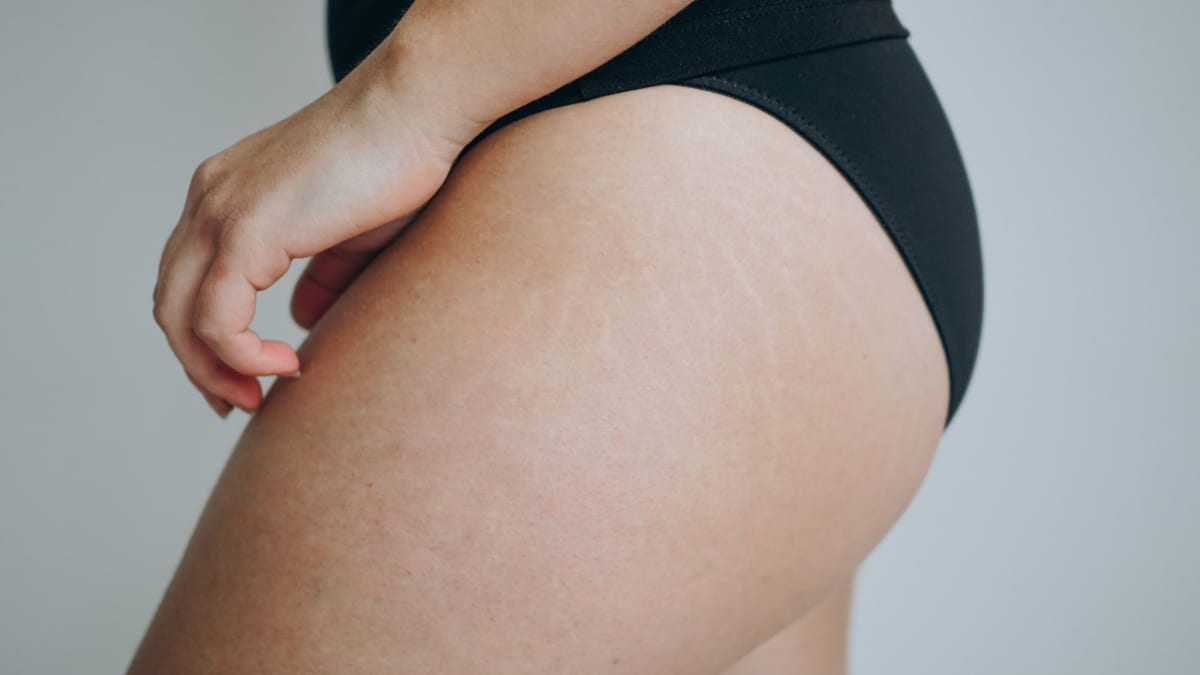Winter Skincare for Keratosis Pilaris: Beauticians' Guide
As the chilly winds of winter approach, many people notice a change in their skin's behavior. For those dealing with keratosis pilaris, winter can be particularly challenging. The cold weather tends to exacerbate this condition, making it even more crucial to have a tailored skincare routine. As a beautician, understanding the intricacies of winter skincare for keratosis pilaris can help you provide valuable guidance to your clients.
Keratosis pilaris is a common skin condition characterized by small, rough bumps on the skin, often on the arms, thighs, and buttocks. These bumps occur when the skin produces too much keratin, which clogs hair follicles. While it's generally harmless, it can be a source of frustration for many, particularly when the cold, dry air of winter worsens the symptoms. This is where effective winter skincare comes into play.

Understanding Keratosis Pilaris
Before diving into winter skincare strategies, it's important to understand the underlying causes of keratosis pilaris. This condition is often genetic, meaning it runs in families. It can also be linked to other skin conditions, such as eczema. The bumps are typically more noticeable during the winter months due to the lack of humidity in the air, which can dry out the skin and make the bumps more prominent.
For beauticians, understanding these factors is crucial in recommending the right products and treatments. It's not just about addressing the symptoms but also considering the client's overall skin health and lifestyle.
Essential Winter Skincare Tips
1. Moisturize, Moisturize, Moisturize
Moisturizing is the cornerstone of winter skincare for keratosis pilaris. Look for creams and lotions that contain hydrating ingredients like glycerin, urea, or lactic acid. These ingredients help to lock in moisture and smooth the skin's surface. Encourage your clients to apply moisturizer immediately after bathing, when the skin is still slightly damp, to maximize absorption.
For more insights on safe and effective moisturizing, check out this article on safe exfoliation.
2. Gentle Exfoliation
Exfoliation can be beneficial for those with keratosis pilaris, but it should be done with caution. Harsh scrubs can irritate the skin and worsen the condition. Instead, opt for gentle exfoliants that contain alpha-hydroxy acids (AHAs) or beta-hydroxy acids (BHAs). These ingredients help to dissolve dead skin cells without causing irritation. Recommend exfoliating no more than once or twice a week to prevent over-exfoliation.
For an in-depth look at exfoliation techniques, visit our oatmeal bath guide.
3. Humidify the Environment
Since winter air is often dry, using a humidifier can add much-needed moisture to the environment. This can help prevent the skin from drying out, reducing the visibility of keratosis pilaris bumps. Suggest placing a humidifier in the bedroom or any room where your client spends a lot of time.
4. Choose the Right Clothing
Advise your clients to wear soft, breathable fabrics to minimize irritation. Tight clothing can rub against the skin and worsen keratosis pilaris symptoms. Cotton and silk are good options, while wool and synthetic fabrics may exacerbate the condition.
Learn more about the impact of clothing on skin conditions in this insightful article.
Common Mistakes to Avoid
While there are many effective strategies for managing keratosis pilaris in the winter, there are also common pitfalls to be aware of. One mistake is over-exfoliating, which can strip the skin of its natural oils and lead to increased irritation. Another is neglecting sunscreen. Even in the winter, UV rays can damage the skin, so it's important to recommend a broad-spectrum sunscreen to your clients.
Additional Resources
For those interested in learning more about keratosis pilaris and its treatment, WebMD offers a comprehensive overview of the condition.

FAQ
1. Can diet affect keratosis pilaris?
While there's no direct link between diet and keratosis pilaris, a balanced diet rich in vitamins and antioxidants can support overall skin health.
2. Is keratosis pilaris contagious?
No, keratosis pilaris is not contagious. It is a genetic condition that cannot be spread from person to person.
3. Are there any home remedies for keratosis pilaris?
Some people find relief using natural remedies like coconut oil or oatmeal baths. However, it's important to use these in conjunction with professional skincare advice.

